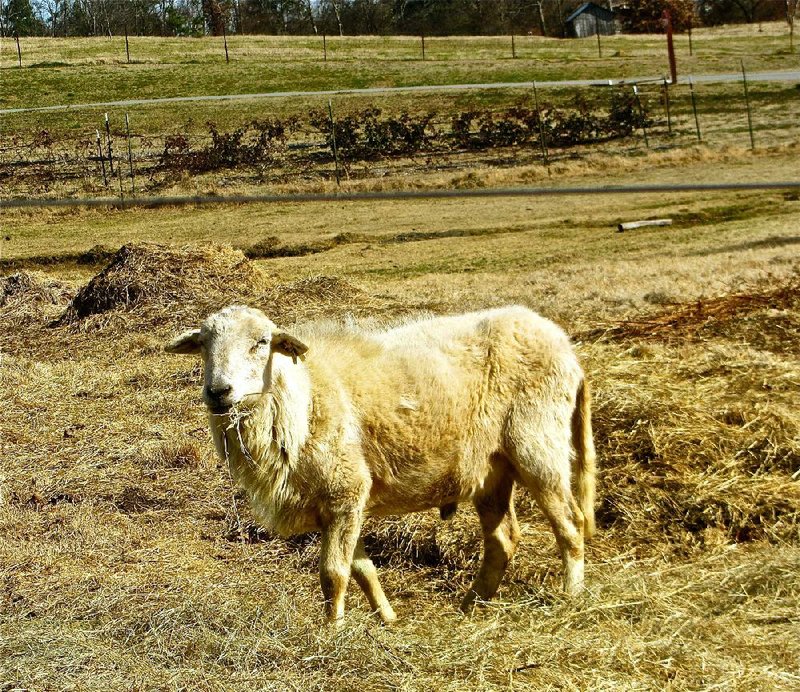PERRYVILLE -- Some youngsters from urban schools who tour Heifer Ranch have never been on a farm, or even near one.
That accounts for the chuckle-worthy story that volunteer guide Elain Edge recounted on a brisk and sunny afternoon last week.
During a grade-school visit last year, after the class was told about the free-range fowl that roam the ranch, one boy made a startling admission: "I never knew before today that chickens have bones."
He seemed entirely serious. In his 21st-century world of fast food, the chicken he was used to eating came in the boneless form of strips and nuggets.
Visitors who already know that chickens have bones can still expand their knowledge at Heifer International's rural site, 35 miles west of Little Rock. If you assumed that all breeds of sheep have wool, for example, the ranch will surprise you with the exception to that rule.
Its ovine flocks are the Katahdin breed, covered with hair rather than wool. Now increasingly raised in the United States, they are suited to the warmer weather of sub-Saharan Africa and the tropical zone of the Americas. They are valuable mainly for meat, one of the locally produced foods served at the cafeteria here.
Visits to the 250-acre ranch start with a video presentation on Heifer, which describes itself as "a charity organization working to end hunger and poverty around the world by providing livestock and training to struggling communities."
Now headquartered in Little Rock, Heifer was founded during World War II by Dan West, a farmer from the Midwest and member of the Church of the Brethren.
It has distributed sustainable farm species in some 120 countries -- the main stipulation being that recipients pass along to others the progeny of the animals they've been given.
The most exotic of the creatures currently to be seen at Heifer Ranch is Abu, a dromedary camel who enjoys being fed apples by guides while sometimes letting visitors pet him.
So-called "ships of the desert" like Abu are the focus of a Heifer project in Tanzania. In that arid East African setting, one camel can carry as much water as a dozen or more women.
Heifer views farm animals as a human resource, to be treated with kindness but no false sentimentality. A sign posted in one of the barns makes that point by way of alliteration. It lists "The Seven M's" that livestock can provide to their owners: muscle, manure, milk, meat, materials, money and motivation.
That's a formula that has helped make Heifer a crown jewel of the Natural State. It is widely admired around the globe for the difference it has made and continues to make for at least a sliver of the Earth's 7 billion inhabitants.
Heifer Ranch is open to visitors 9 a.m.-5 p.m. Monday-Saturday. There's no charge for a guided tour on foot or riding in a golf cart, but donations are welcome. Parties of six or more should call ahead for tour reservations. Visitors can have lunch in the cafeteria.
To reach the ranch, take Arkansas 10 west from Little Rock and follow that highway north after it intersects with Arkansas 9. Two miles south of Perryville, turn left on Union Valley Road, marked with a Heifer Ranch sign. For more information, call (501) 889-5124 or visit heifer.org.
Weekend on 02/12/2015
